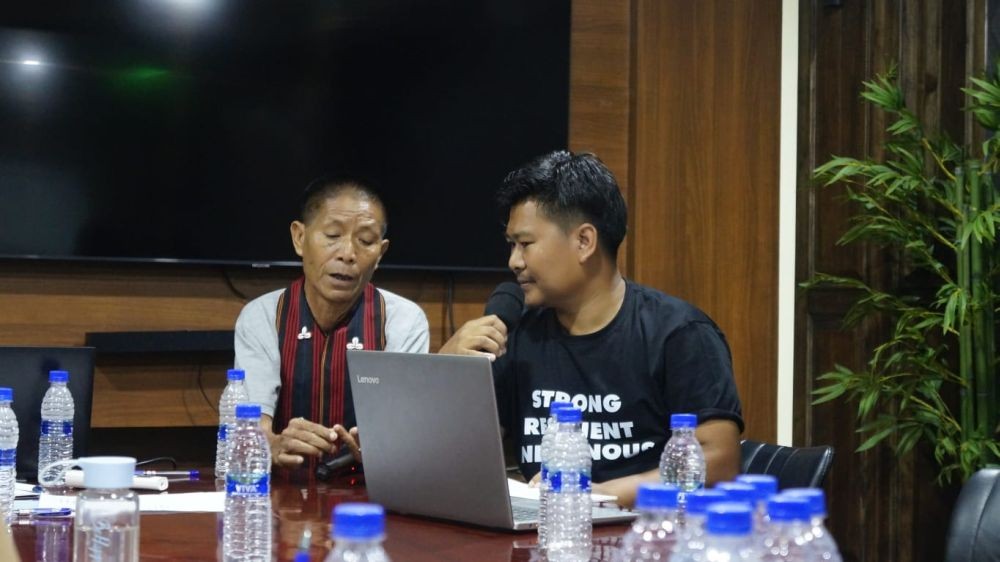
On Saturday, Oak House hosted a capacity-building event on fading science and the dissemination of indigenous knowledge. First of its kind in Nagaland, the event was put on by the Centre for Indigenous Culture and Environmental Studies (CICES) in association with the Henry Martyn Institute, Hyderabad (HMI). The workshop sought to address and support the preservation and safeguarding of Indigenous knowledge among the Naga population.
An elder and author named Asu Akheto Chishi, who is also a knowledge partner with CICES, presented indigenous knowledge with the attendees throughout the event. Chishi described how the Sümi ancestors used knowledge of the moon’s phases to calculate the number of days in a week and a month. On the basis of these observations, they established their own calendars. Millets, a staple meal for the people at the time, were harvested on the first day of the week, known as “Asü Kuza.” The other six days of the week were observed according to various customs, and the seventh day was set aside as a day of rest known as “Tughakhani,” during which the peasants would perform self-cleansing rituals and abstain from venturing outside. The prime event known as Tuluni, which honours the abundant year for the community, is celebrated on the eighth day of the month of July.
The Sümi community has followed this calendar since ancient times, and although it differs from the modern calendar, it exhibits several similarities. The counting of year begins after the festival ends on Sunday, and this is determined by observing the moon by placing a cup of water facing it towards the moon during sunset to get the reflection. Another practice was by placing a slate of mirror-like object on their brows to determine how many moons they see. They had determined the lunar eclipse by then.
These practices are considered Indigenous knowledge, and Chishi further discussed the belief in animal spirits and the connection between a certain spirit and landslides in the Sümi community. He also dwelled on Christianity and modernity being factors on the waning of Naga Indigenous knowledge.
During the programme, a short video on Dala-Dala, an agrarian song performed by the Sümis of Chishilimi village to call for rain, was shown. Mention may be made that The Morung Express covered the story in recent years.
CICES, established in 2018 by a group of friends, is a research center dedicated to preserving, protecting and promoting the rich and invaluable Naga Indigenous knowledge and practices, which are gradually disappearing from the region, said Dr Martemjen, academician and researcher who is also the founding member of CICES.
He defined Fading Science as the knowledge that Indigenous people all over the world have developed and practiced independent of Western Science. Long before ayurvedic or allopathic medicines were engineered in scientific laboratories, Nagas had their way of curing any/different ailments. The Nagas possess information and uses about species of plants, animals, birds, fishes, fungi and micro-organisms, and also recognise different kinds of flora, landforms and landscapes long before the binomial system of nomenclature was introduced in Western Science.
The researcher also stated that it is now necessary for us to live by the Naga traditional etiquettes, such as “do not waste food,” “respect your elders,” etc., in the modern world.
To emphasise how important it is to preserve this knowledge, the idea of Fading Science was devised. The session featured the sharing of folktales and fables by about 30 participants from a range of professional backgrounds, including professors, teachers, doctors, and campaigners.
(WITH INPUT FEEDS)

















